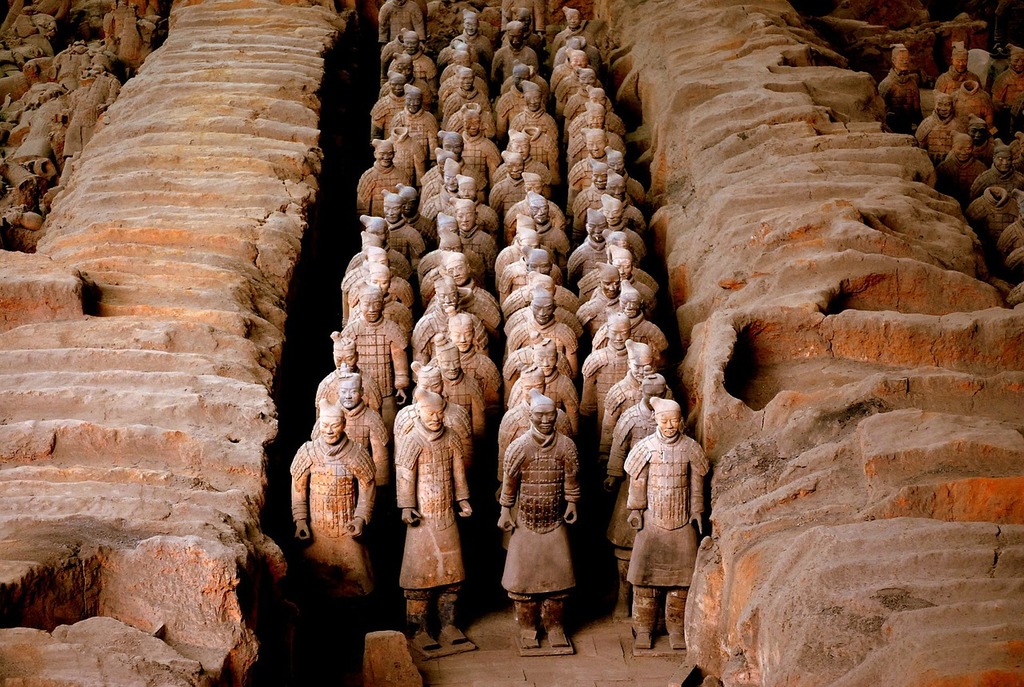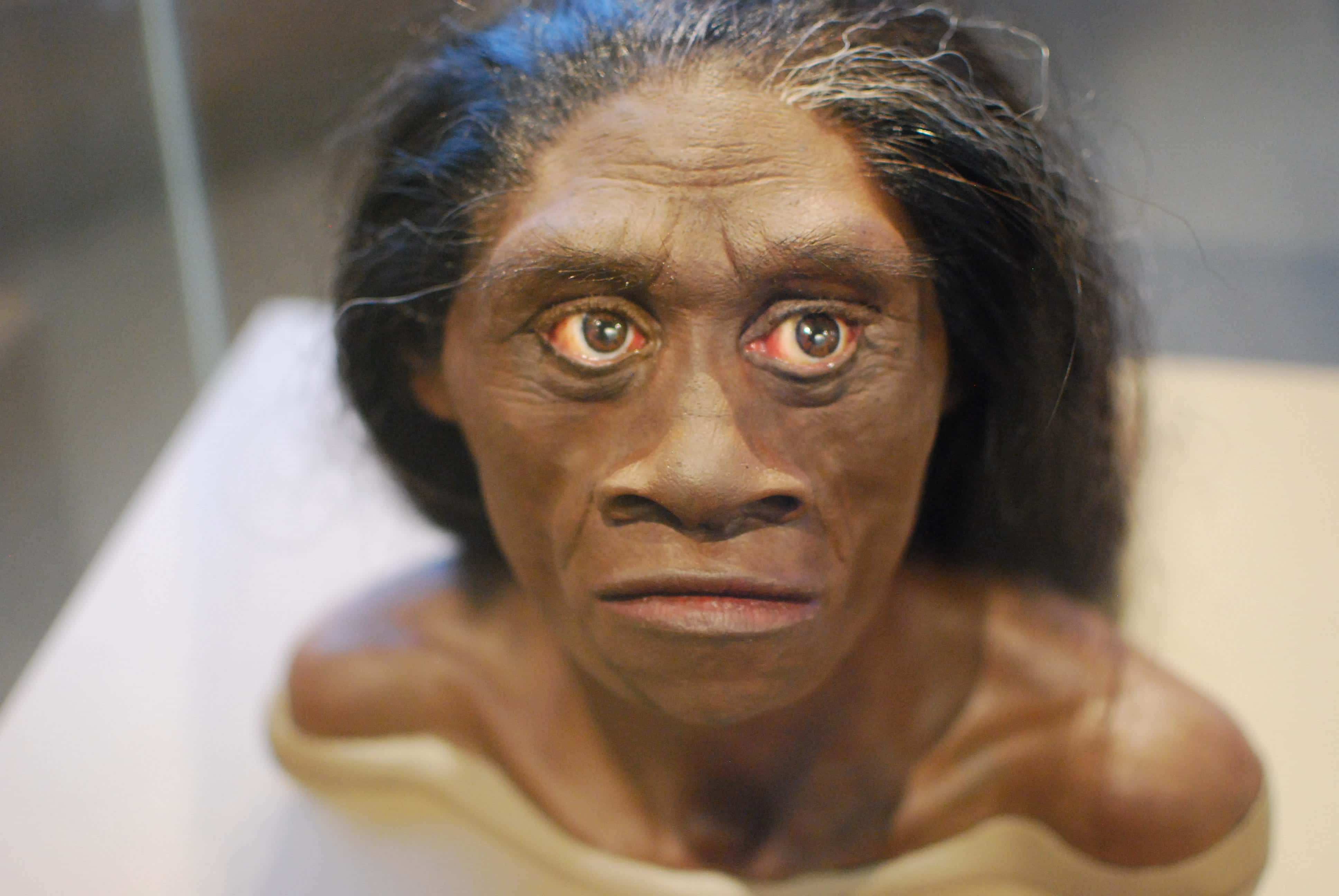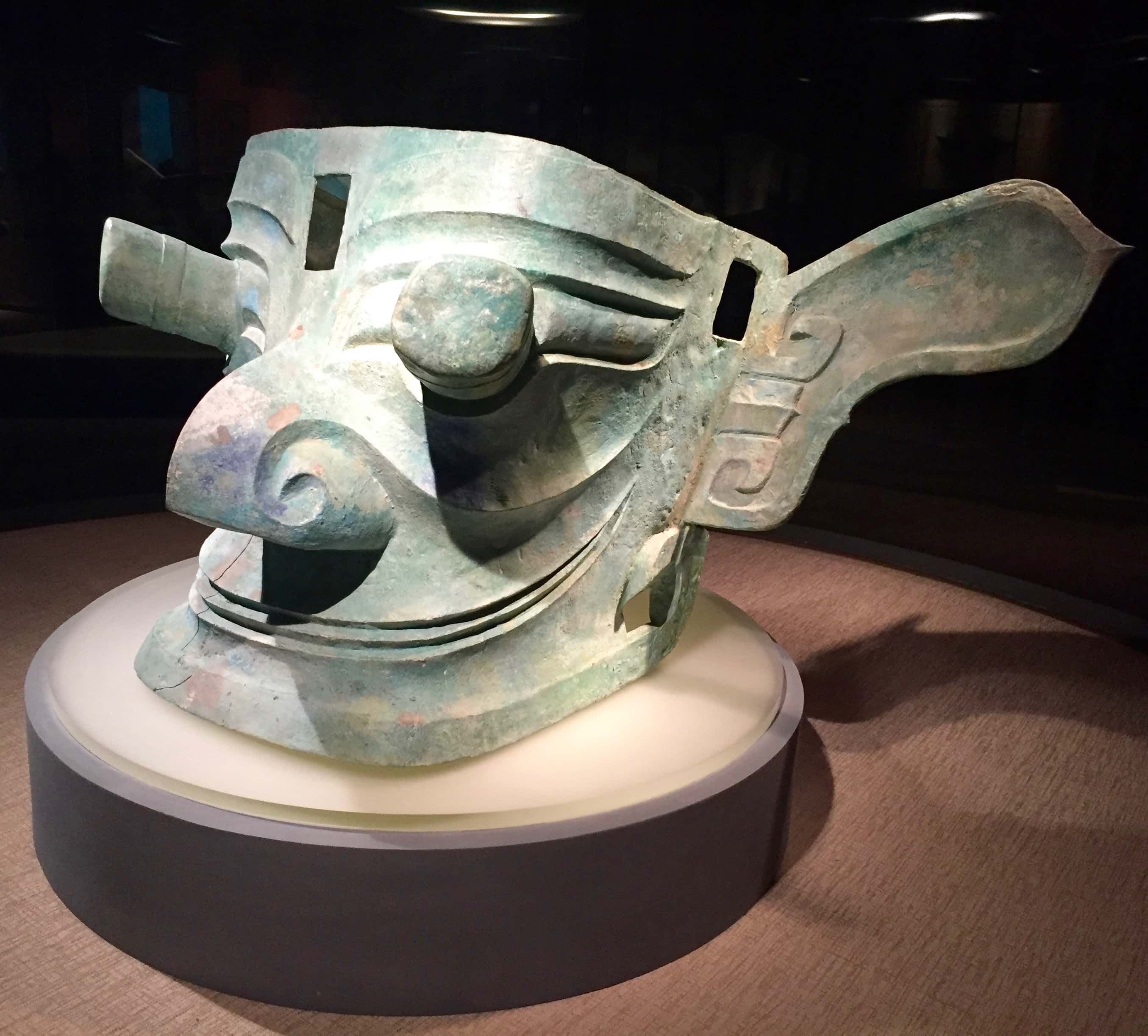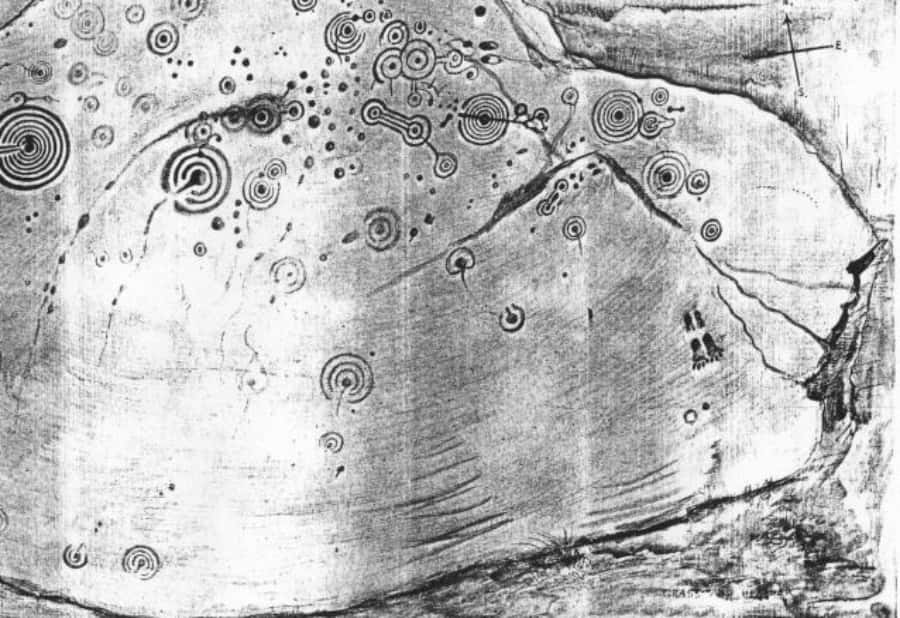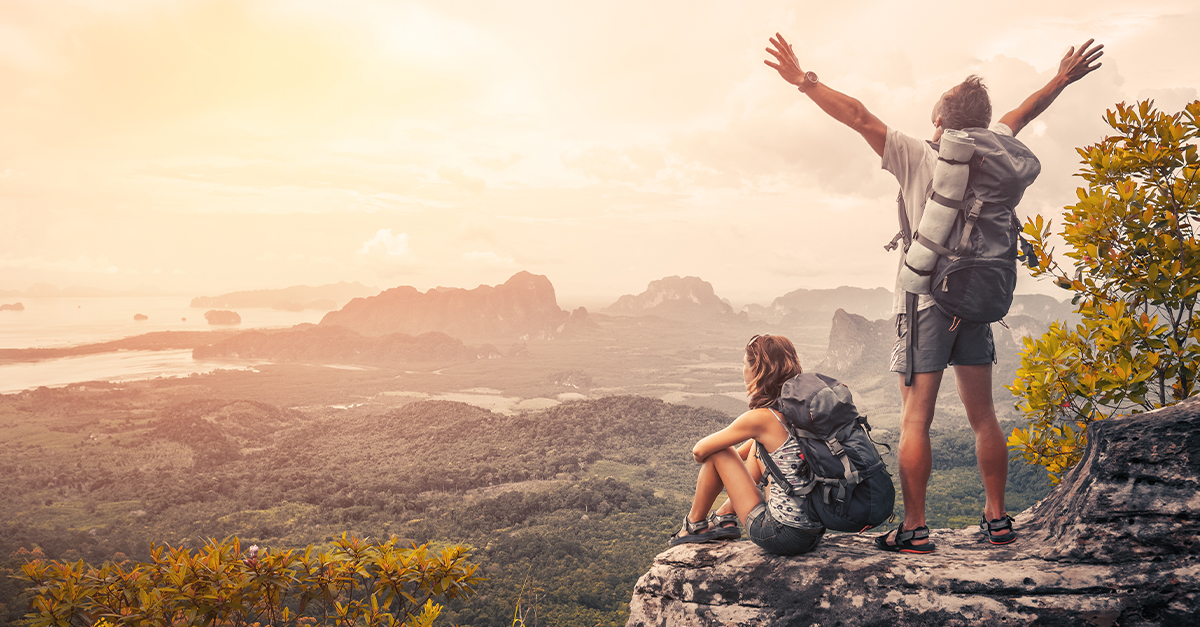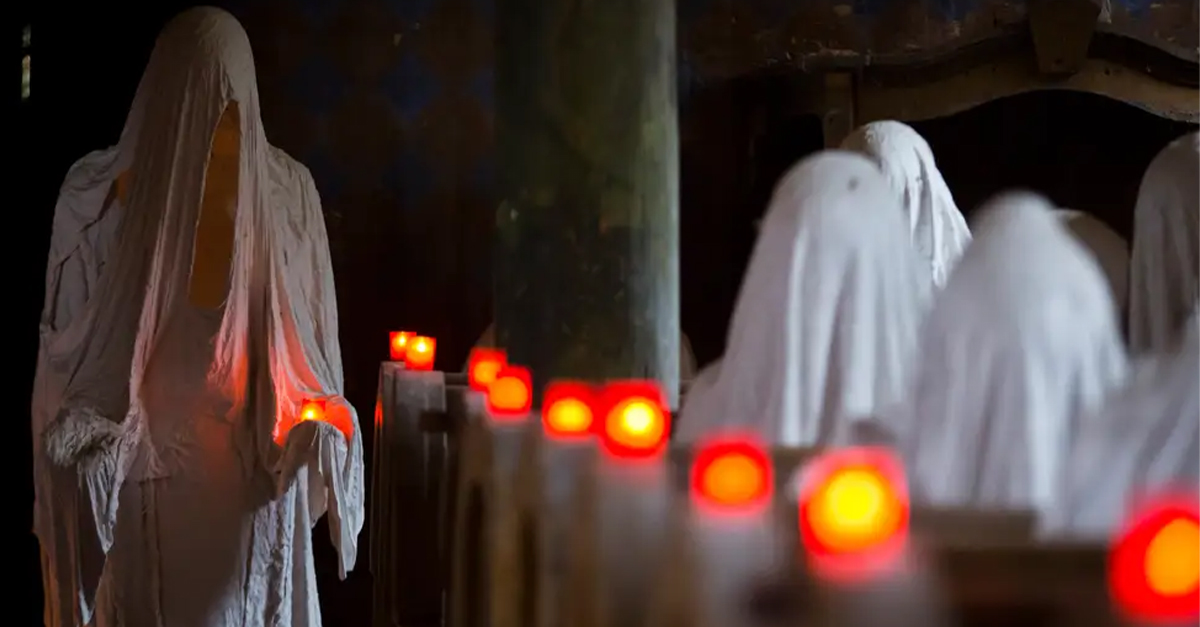Re-visiting The Antics Of History
If you dig into history, you'll uncover objects that continue to stump even experts. Here are 20 ancient artifacts with puzzling stories that no one's been able to figure out.
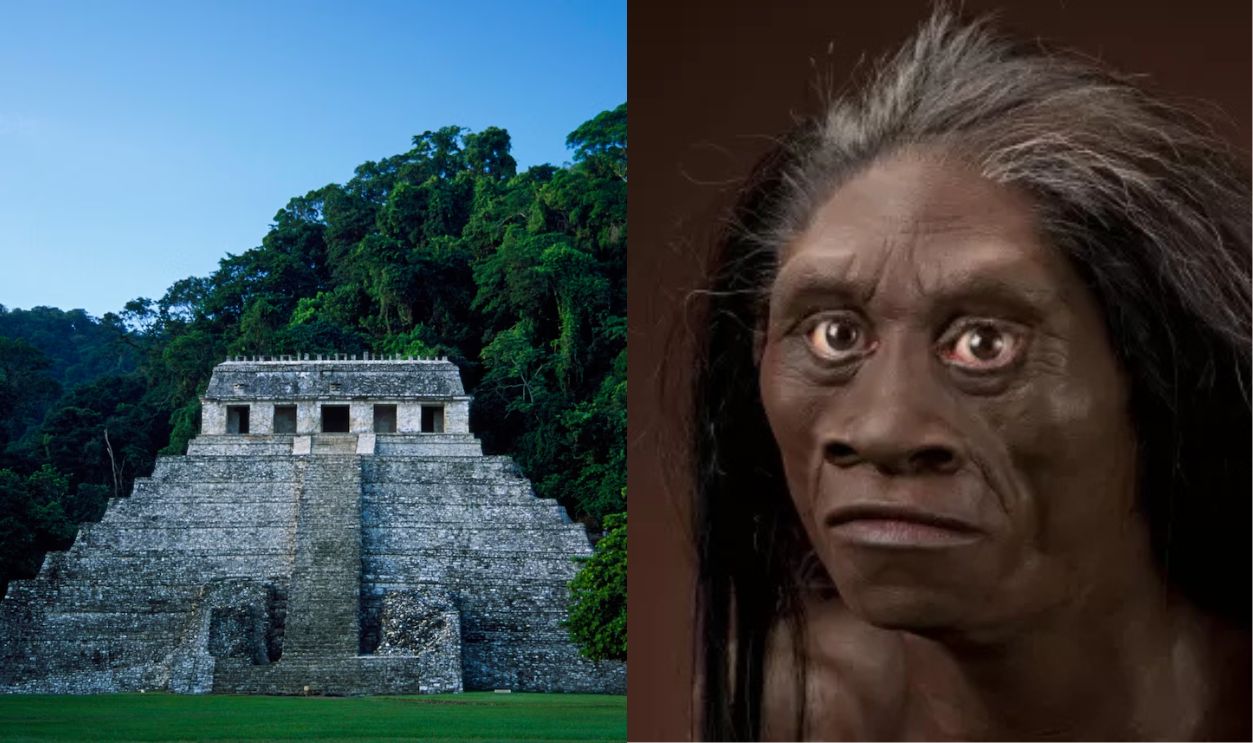
Stone Spheres
These perfectly round stone balls, some dating back to 600 AD, are present at Costa Rica's Diquis Delta. Created by pre-Colombian civilizations, their purpose remains unknown. Theories, however, point out astronomical alignments or status symbols. And it's said that the Chibchan people who made them vanished after the Spanish conquest.
 Axxis10, CC BY-SA 3.0, Wikimedia Commons
Axxis10, CC BY-SA 3.0, Wikimedia Commons
Antikythera Mechanism
This 2000-year-old bronze device is the world's first analog computer discovered in a Greek shipwreck. Its intricate gears and dials accurately predicted eclipses and astronomical positions. It still stands as the most advanced artifact from that era, dating back a millennium before any more of its likes surfaced.
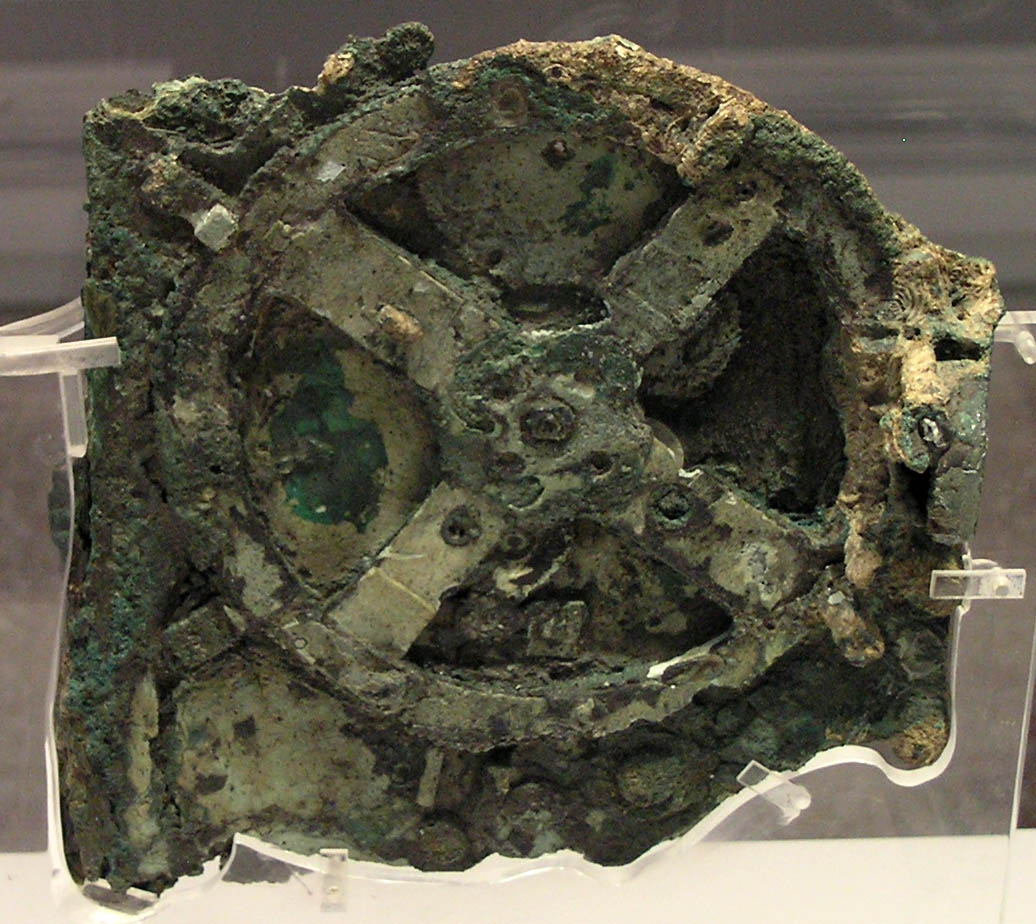 Marsyas, CC BY-SA 3.0, Wikimedia Commons
Marsyas, CC BY-SA 3.0, Wikimedia Commons
Qin Shi Huang's Tomb
The ancient documents describe an underground palace with rivers of mercury and replicas of the empire. The famous Terracotta Army guards the mausoleum of China's first emperor and stays unopened. Also, excavation has been prevented here due to high mercury levels and fears of damaging artifacts.
Qin Shi Huang's Tomb (Cont.)
In a rectangular, double-walled enclosure set north-south, the 246 BCE grave mound stands at 51.3 meters. This famous discovery of about 200 pits with life-size terracotta soldiers, horses, bronze chariots, burial tombs, and architectural remains comprises approximately 600 sites in 56.25 square kilometers.
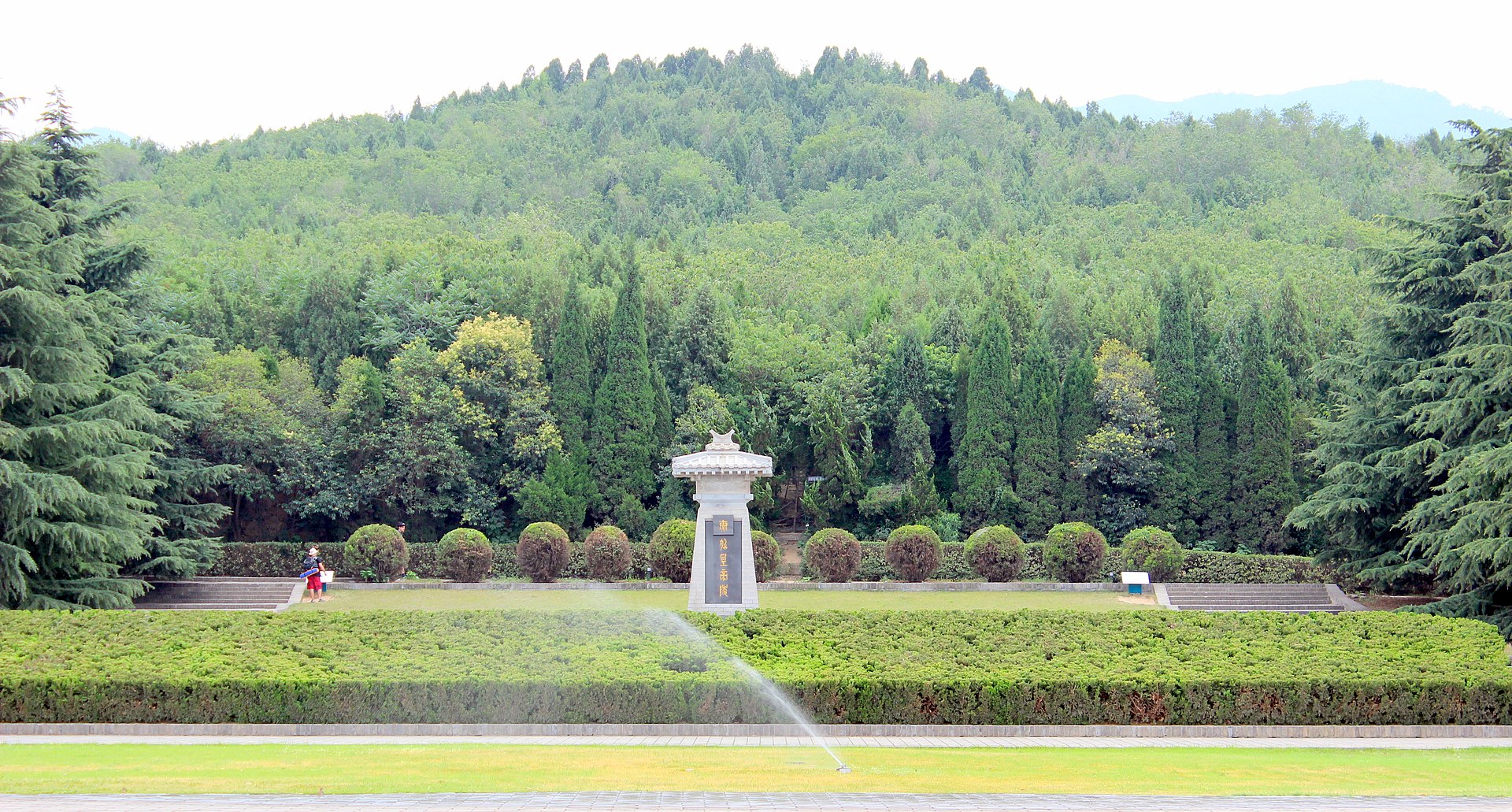 Aaron Zhu, CC BY-SA 3.0, Wikimedia Commons
Aaron Zhu, CC BY-SA 3.0, Wikimedia Commons
Stonehenge
Here is a prehistoric monument in England, built around 2500 BC. Some theories about the purpose of this structure include a celestial calendar or a healing center. Also noteworthy is the transportation and precise arrangement of massive stones, some from over 150 miles away! Looks like people in the Neolithic era were jacked.
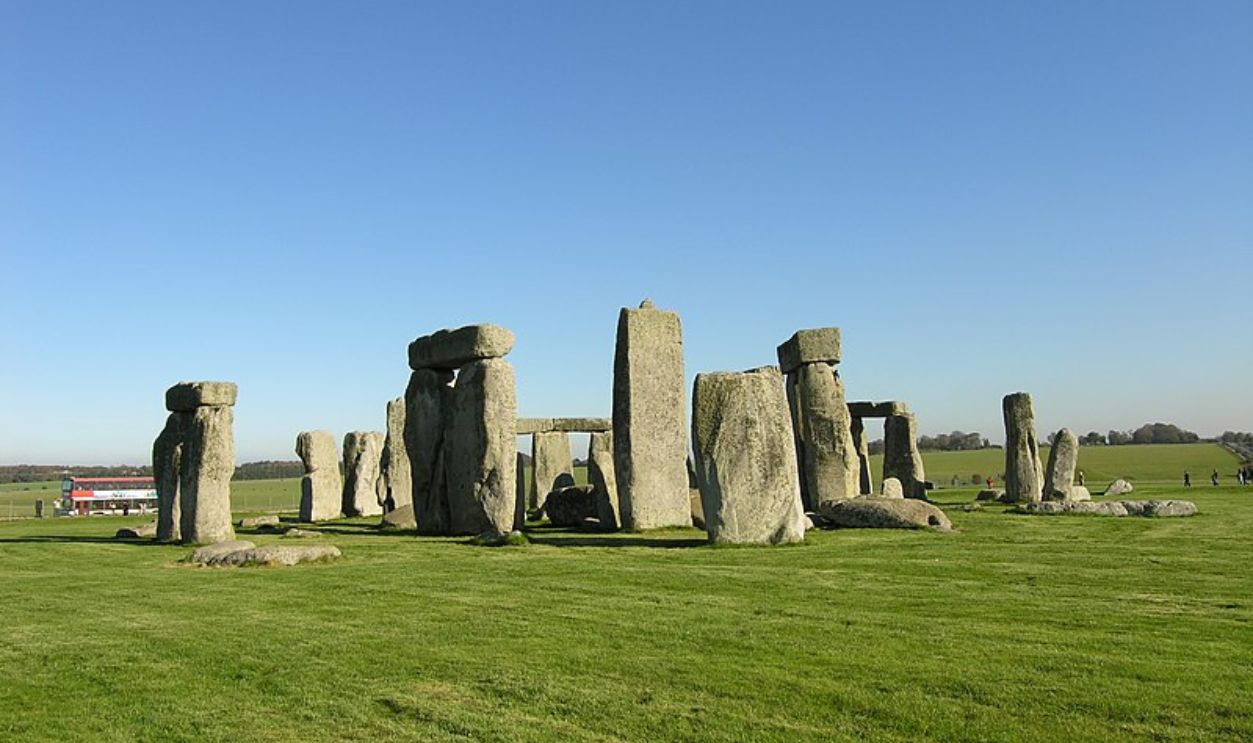 Francesco Bandarin, CC BY-SA 3.0, Wikimedia Commons
Francesco Bandarin, CC BY-SA 3.0, Wikimedia Commons
Ancient Animal Traps
Ancient Animal Traps, which comprise low stone walls visible from the air across Middle Eastern deserts, date back to 300 BC. Recent studies suggest that these were used to funnel wild animals into killing pits. The network of wires, which experts have dubbed "kites" due to their appearance from the air, may even stretch up to 40 miles (64 kilometers).
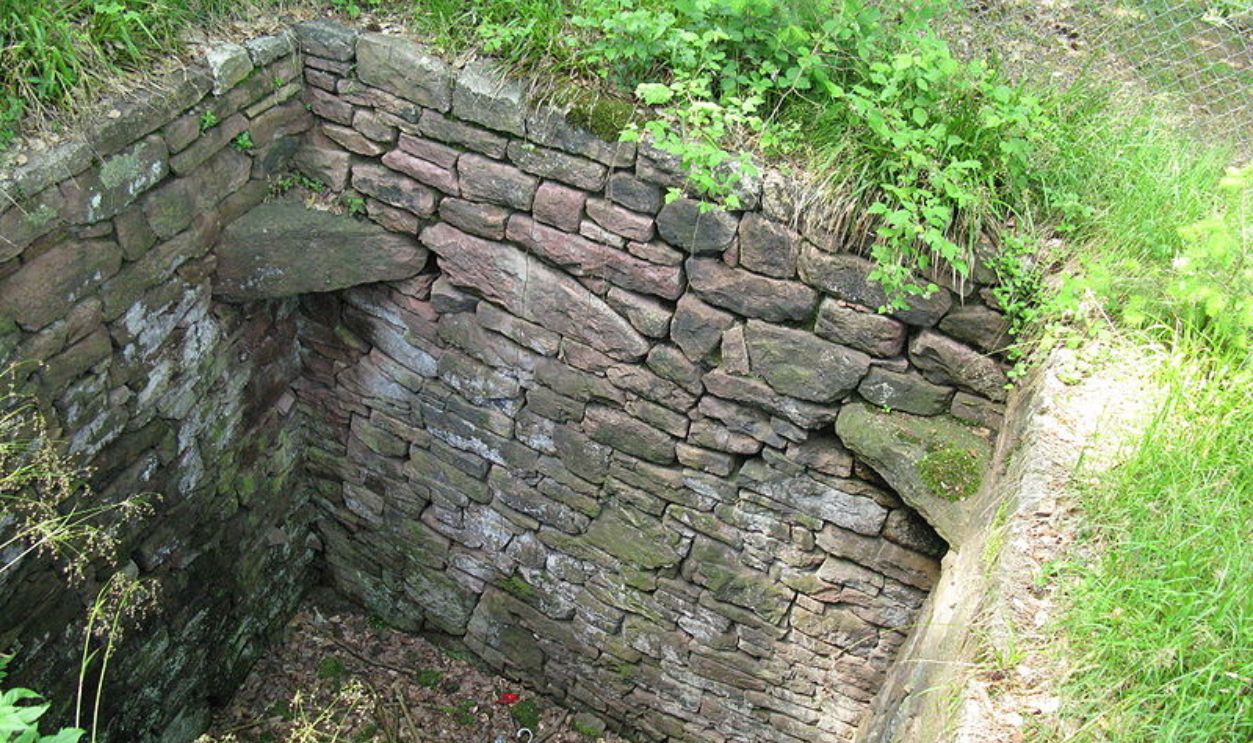 Geowas, CC BY-SA 3.0 DE, Wikimedia Commons
Geowas, CC BY-SA 3.0 DE, Wikimedia Commons
Nazca Lines
Massive ground drawings in Peru's Nazca Desert, only fully visible from the air, were created between 500 BC and 500 AD. According to archaeologists, the pre-Inca Nazca culture created hundreds of enormous shapes, such as geometric lines and intricate depictions of animals, plants, and imaginary figures, over 2,000 years ago.
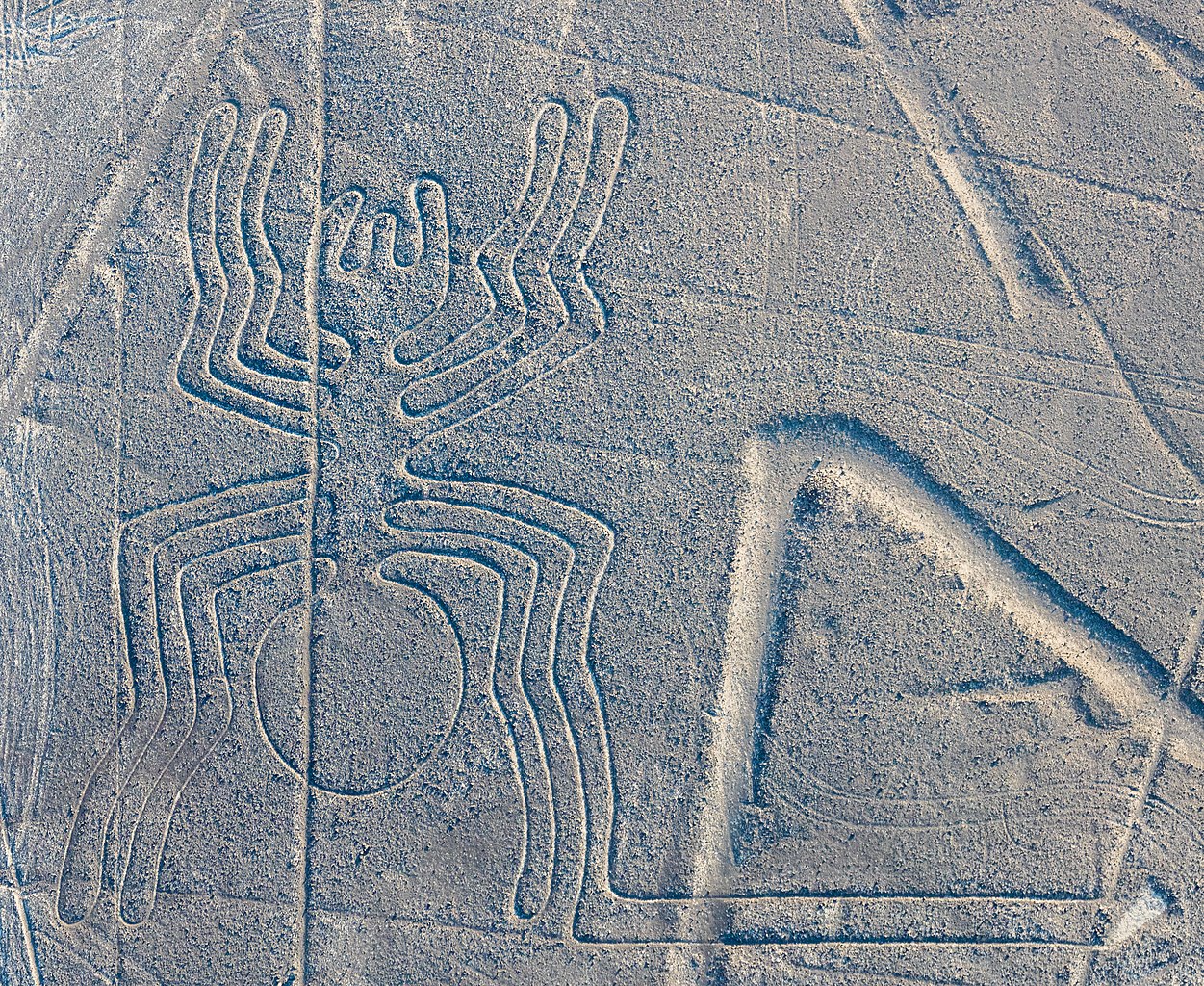 Diego Delso, CC BY-SA 4.0, Wikimedia Commons
Diego Delso, CC BY-SA 4.0, Wikimedia Commons
Nazca Lines (Cont.)
The rediscovery of the same spans from Cieza de León's 1553 mention to 20th-century aerial sightings. Kosok's 1940s studies sparked research, with Reiche proposing astronomical purposes. Similarly, American investigator Joe Nickell debunked alien theories using ancient techniques.
Shroud Of Turin
This linen fabric, or shroud, depicts a crucified figure, whom some people believe to be Jesus Christ. Radiocarbon dating suggests a medieval origin, but supporters argue the testing was flawed. Also, the image formation method is not understood by many, although certain studies highlight divine miracles or even medieval artistic techniques.
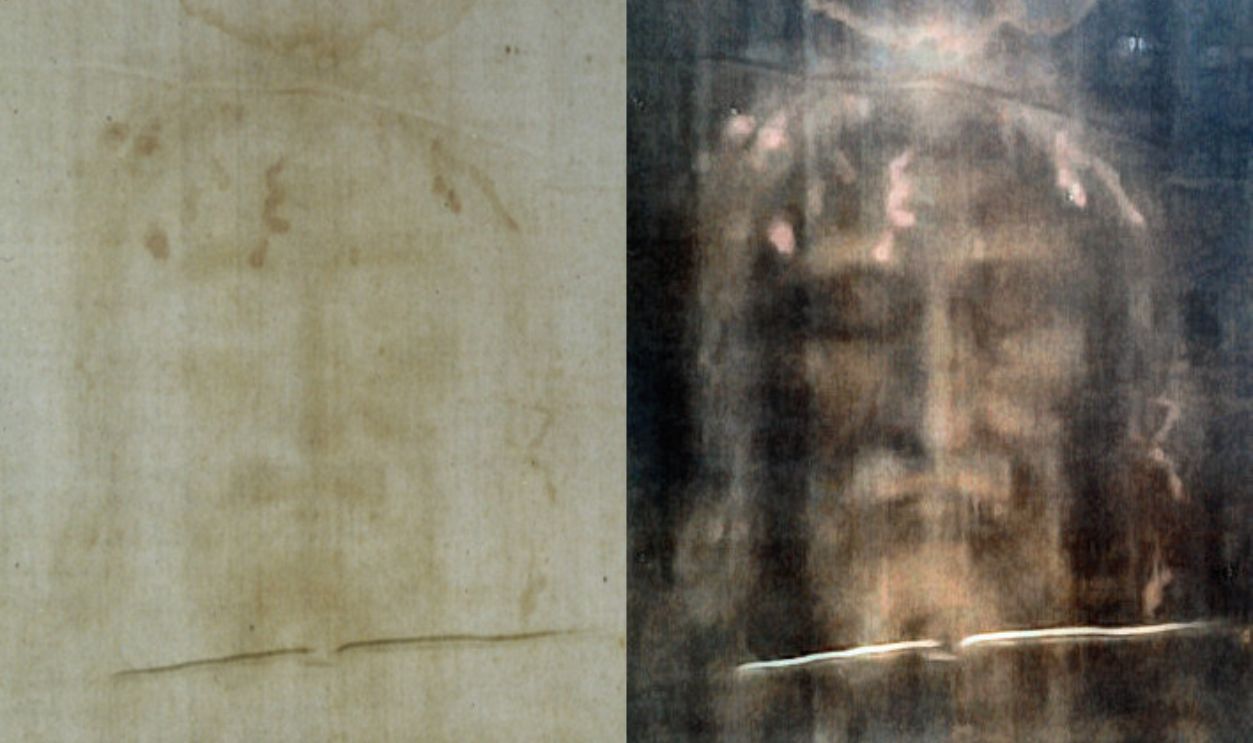 Dianelos Georgoudis, CC BY-SA 3.0, Wikimedia Commons
Dianelos Georgoudis, CC BY-SA 3.0, Wikimedia Commons
Gobekli Tepe
Here is a Neolithic site that is considered the oldest temple, even predating pottery, writing, and metallurgy. Gobekli Tepe in Turkey dates back to the 10th millennium B.C. and features massive stone pillars with animal carvings. Based on evidence, its builders were likely semi-nomadic hunters rather than settled farmers.
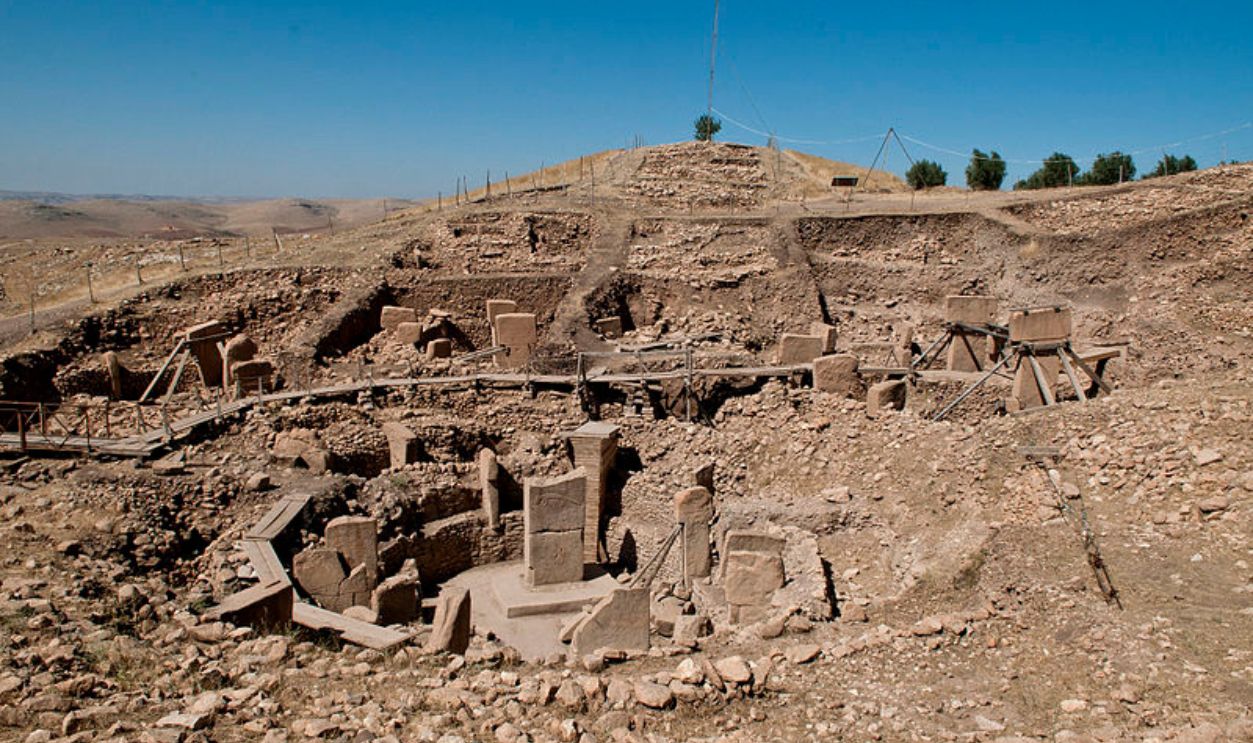 Teomancimit, CC BY-SA 3.0, Wikimedia Commons
Teomancimit, CC BY-SA 3.0, Wikimedia Commons
The Copper Scroll Treasure
Discovered alongside the Dead Sea Scrolls in the West Bank, this 2,000-year-old copper document dates to Roman control of Qumran. Researchers speculate it might detail treasures concealed from Roman forces during local revolts. The treasure's existence and location remain disputed, leading to a rise in scholarly interest.
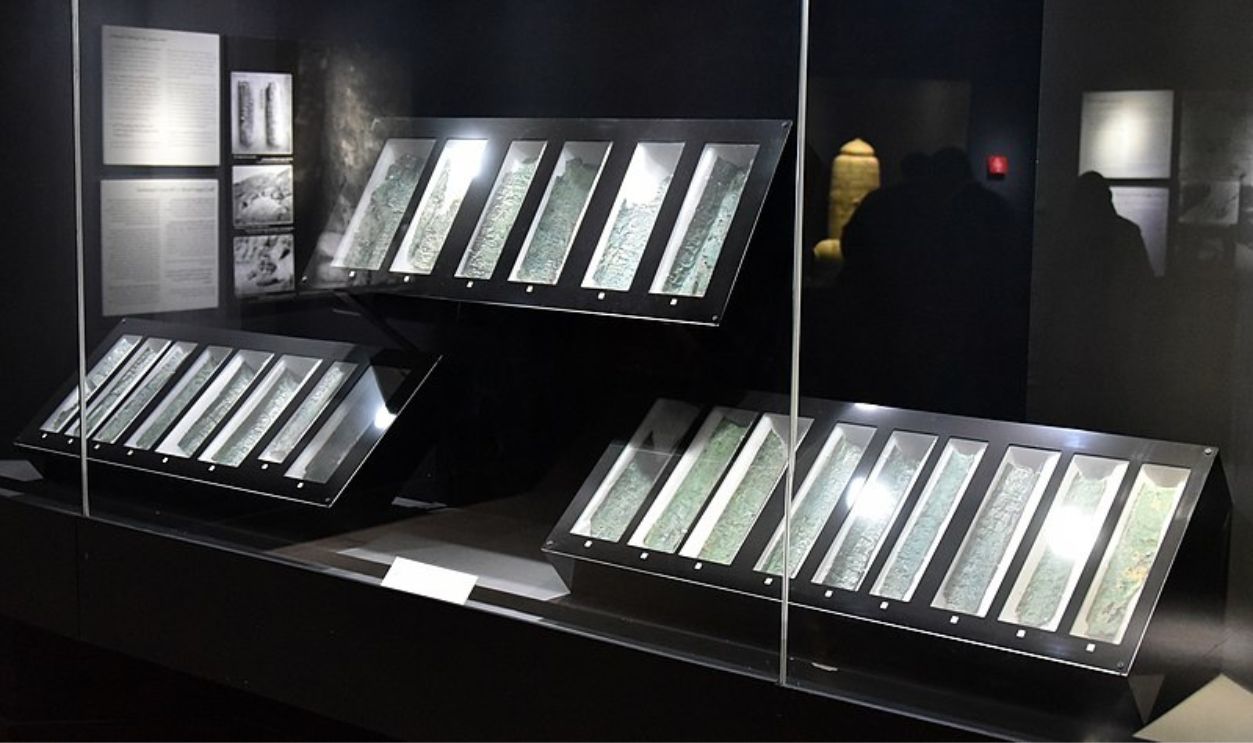 Osama Shukir Muhammed Amin FRCP, CC BY-SA 4.0, Wikimedia Commons
Osama Shukir Muhammed Amin FRCP, CC BY-SA 4.0, Wikimedia Commons
The Copper Scroll Treasure (Cont.)
The writing style of the scroll is different from that of the other scrolls because it is written in a Mishnaic Hebrew-like manner. Although Hebrew is a well-known language, the Copper Scroll is not a biblical text, compared to other ancient Hebrew texts that are studied in the same language.
 Osama Shukir Muhammed Amin FRCP, CC BY-SA 4.0, Wikimedia Commons
Osama Shukir Muhammed Amin FRCP, CC BY-SA 4.0, Wikimedia Commons
King Tut's Death
Pharaoh Tutankhamun's untimely death at just 19 has led to ongoing debates. It could either be that he was murdered or had genetic disorders. However, CT scans hint at a chariot accident with a leg fracture. Also, his sudden passing away becomes even more mysterious when you consider his hasty burial and unusual mummification.
 Tarekheikal, CC BY-SA 4.0, Wikimedia Commons
Tarekheikal, CC BY-SA 4.0, Wikimedia Commons
Voynich Manuscript
The manuscript is a 15th-century book that contains undeciphered text and strange illustrations of plants, astronomical diagrams, and bare figures. Attempts to crack its code or identify its language have failed. Speculation includes anything from a complex prank to a medical document that is encrypted.
The Hobbits (Homo floresiensis)
Discovered in Indonesia in 2003, these 3.5-foot-tall hominins lived until 50,000 years ago. Subsequent finds of remains of comparable size indicated that the Hobbit is not merely a diminutive human but rather a distinct species. The precise position of H. floresiensis in the hominin (human ancestors') family tree is still unknown.
Disappearance of the Sanxingdui
Around 3,000 years ago, the advanced Sanxingdui culture in Sichuan, China, mysteriously disappeared, leaving behind stunning bronze masks and jade treasures buried in pits. Now, natural calamities, conflict, or migration are some of the supposed explanations put forward to explain their demise.
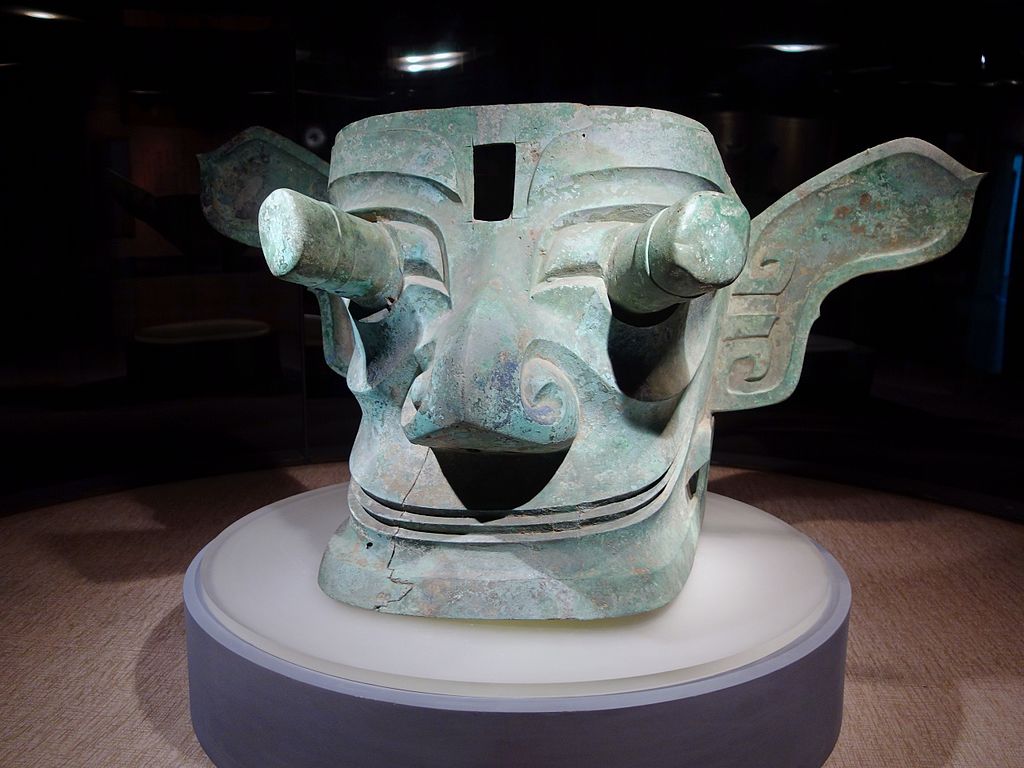 Tyg728, CC BY-SA 4.0, Wikimedia Commons
Tyg728, CC BY-SA 4.0, Wikimedia Commons
Disappearance of the Sanxingdui (Cont.)
The ancient site of Sanxingdui is about 4 km northeast of Nanxing Township in Guanghan, Deyang, Sichuan Province. Certain archaeological excavations at the location have also revealed signs of a walled trapezoidal city that was built around 1,600 BCE.
The Lost Maya
Archaeologists are puzzled by the abrupt demise of this highly developed Mesoamerican civilization around 900 AD. Drought, population growth, conflict, and environmental deterioration are possible causes. According to recent studies, socio-political unrest and climate change contributed to the abandonment of essential city cores.
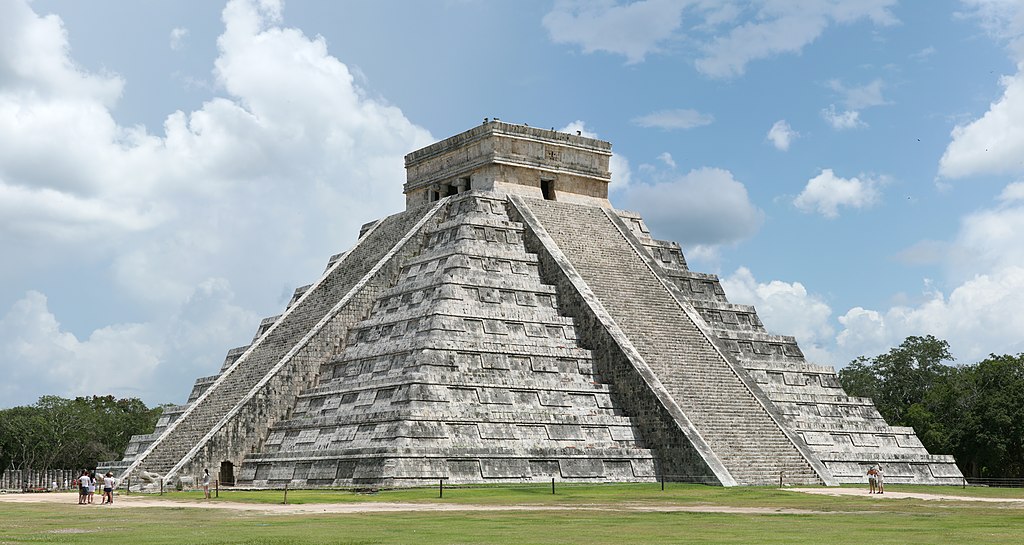 Daniel Schwen, CC BY-SA 4.0, Wikimedia Commons
Daniel Schwen, CC BY-SA 4.0, Wikimedia Commons
The Khatt Shebib
As a 150-kilometer stone wall found in Jordan, the history and intended use of this are unknown. Reports of it date back to 1948. It might have defined territory or regulated animal movements, but it was too low and thin for defense. The age estimates for the same range from the Nabataean to the Byzantine period.
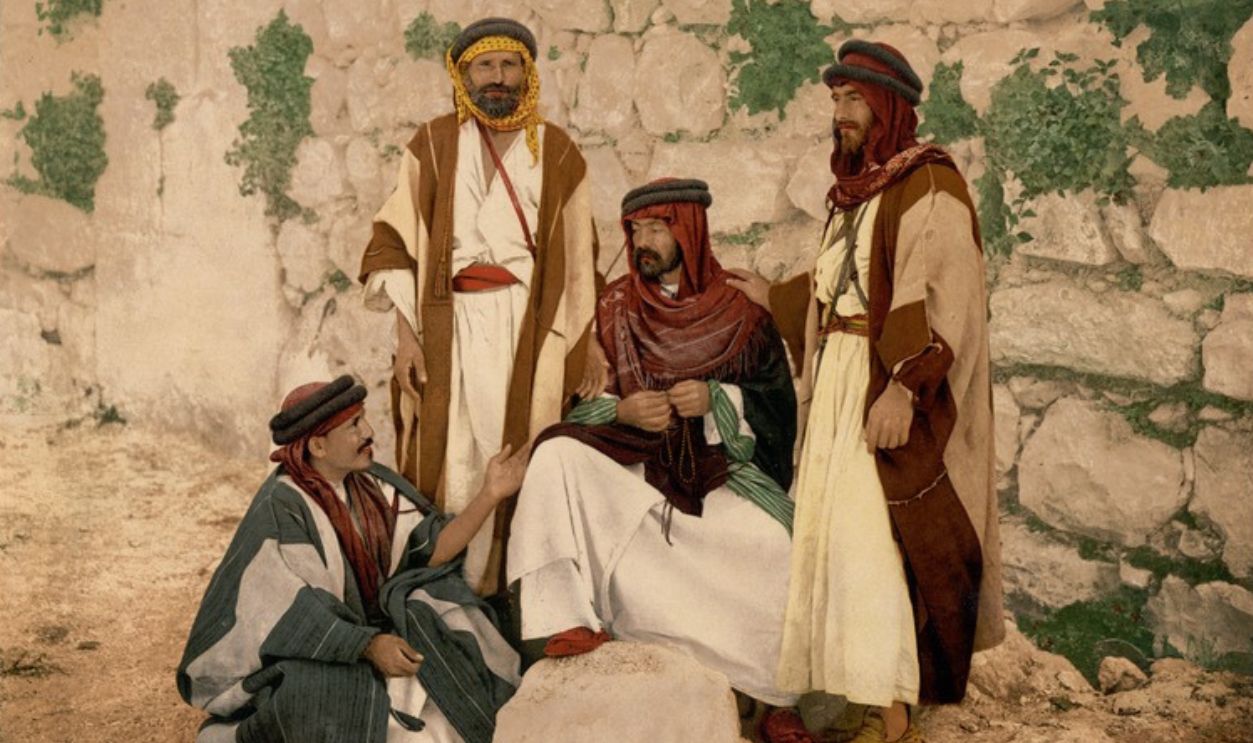 Library of Congress, Wikimedia Commons
Library of Congress, Wikimedia Commons
The Cochno Stone
5,000 years ago in Scotland, humans were already making their mark as they carved intricate cup and ring patterns into stone. Some individuals think the purpose is linked with astronomical charts (like many others), while others argue these were spiritual symbols related to ancient celestial observations. For a long time, the Stone was reburied to keep it safe.


